Blockchain is not a disruption to the utilities industry. Rather, it is a tool that utilities will leverage to address other disruptive forces—digital transformation, decarbonization, evolving customer expectations, etc. Leveraged effectively, Blockchain can elevate previously unattainable use cases across the utility value chain with a high level of auditability, transparency, security and immutability. Those that want to get ahead of disruption are already asking:
- What Blockchain applications are most relevant to the organization?
- How far can Blockchain technology be leveraged?
- What are the limitations today and in the future for Blockchain technology?
Blockchain will enable new functions, established use cases and new business models
Blockchain has developed significant momentum in the utility space; some utilities even have personnel dedicated to exploring Blockchain applications that flow across the value chain: metering & billing, market settlement, green certificates and carbon trading, grid management, IoT and asset management, demand-side management (DSM), and mobility and charging payments. According to a recent study, 41% of utilities report that they need their workforce to have skills to understand and apply Blockchain. Table 1 illustrates how several utilities are currently pursuing R&D and pilots for Blockchain. Several major banks have adopted Blockchain at scale for trading functions, whilst industrial companies have discovered its usefulness in the realm of supply chain. In the utility context, Blockchain is predominantly being investigated for:
- Tracking credits: For tracking RECs (PJM) or, in the case of California, Low Carbon Fuel Standard (LCFS) electric vehicle credits (Silicon Valley Power, PG&E), Blockchain automates purchases via smart contracts, provides a reporting system for certificates of origin, and eliminates costs associated with aggregation of small certificates coming from distributed energy resources.
- Energy trading: For now, Blockchain is not likely to replace the functions of energy commodity trading platforms because issues of scale (faster communications, clear- ing and settlement) can be addressed more effectively with conventional solutions. However, Blockchains can make the process of imbalance settlement significantly more efficient, while improving granularity of tracking between buyers and sellers.
- Asset Tracking: Blockchain’s ability to process and store transactional information is widely recognized as a solution for complex supply chains. In the context of utility assets, it can greatly improve traceability and facilitate “transactions” (service, remove, order replacement, etc.) throughout the full asset lifecycle. The full spectrum of blockchain-enabled possibilities is not exhaustive, and as analytics improve and expand, so will blockchain’s potential.
- Decentralized Grid Management: Independent and utility-backed startups are investigating how Blockchain-enabled solutions can better coordinate transmission and distribution systems and provide better visibility and control into downstream assets and DER. Right now, the latency of Blockchain systems is a challenge, as the necessary verifications need to occur in real-time.
- DER Interconnection: Blockchain can enable a more efficient interconnection process for distributed generation. Current processes include many steps that require accurate, consistent and confirmed information from the customer, consulting engineer or contractor, and the utility. Blockchain’s automated data verification could streamline the interconnection using smart contracts that execute notifications when conditions are met.
- DR and Managing Peak Demand: A Blockchain platform could help manage systems, endpoints and cyber-security, related to peak demand, without pursuing the entire TE construct. In the context of demand response (DR), a distributed ledger could store references to smart meter data, and validate results of standardized measurement and verification, and financial settlement for DR programs.
- IoT Device Authentication and Management: There are many IoT devices outside of the control of utilities (Sense, NEST, smart inverters, etc.) that are penetrating the market and will be useful in enabling DR, as well as supplying much-needed information for network management. In addition to facilitating and recording commands within decentralized IoT networks, Blockchain’s one- way encryption and distributed ledger can prevent tampering with authentication records, alleviating many of the security concerns associated with integrating these devices.
How to move forward
Blockchain applications and technology are moving quickly, but few areas have come to scale for utilities. Conceptually, the transformative potential of Blockchain is becoming better understood, but utilities should be wary of undertaking transformative projects today. Instead, more humble applications of Blockchain should be adopted to build expertise and organizational buy-in. The basics of analytics project conceptualization also apply: don’t use a solution to find a problem, be agile, and accept failure (preferably expedient failure) as an inevitable component of success.



